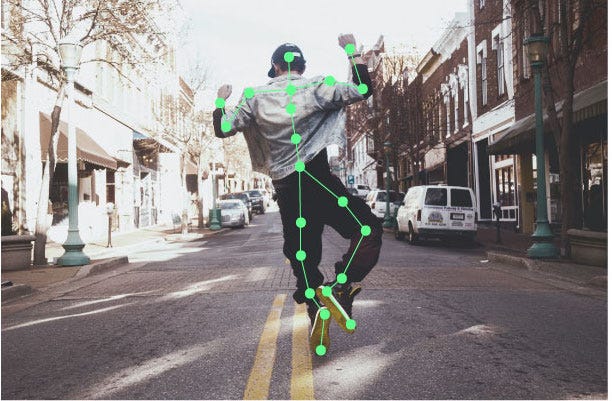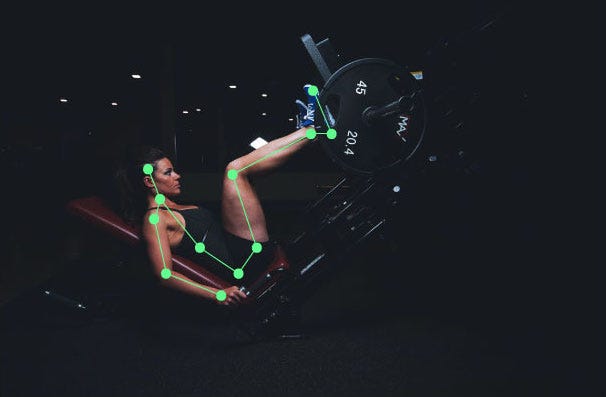What is Data Labeling and Why do We Need It?
Just as cars cannot run without fuel, when it comes to machine learning (ML), data is the fuel. Advanced machine learning requires substantial amounts of data.
However, the current ML algorithms cannot automatically process the huge amount of raw data. Without labelling objects in a photo, pinpointing a specific stuff in an image or highlighting a certain phrase in texts, data is just noise. Through annotation, this “noise” can be transformed into a structured and trained dataset so that the algorithms can understand the right input information easily and clearly.
Therefore, data labeling is the technique of annotating raw data in different formats such as images, texts, and videos. Labeling the data makes it recognizable and comprehensible for computer vision, which further trains the machine Learning models. In short, it is the labeled datasets that trains the machine to think, and behave like human beings. A successful machine learning project often depends on the quality of the labeled dataset and how the trained data is executed.

What Data Can be Labeled?
- Bounding boxes: (the most common kind of data annotation) drawing rectangular boxes to identify objects in image
- Lines and splines:detect and recognize lanes, usually used in self-driving industry
- Landmark and key-point: create dots across the image to identify the object and its shape, frequently used in facial recognitions, identifying body parts, postures, and facial expressions
- Polygonal segmentation: identify complex polygons to determine the shape and location of the object
- Semantic segmentation: a pixel-wise annotation that assigns every pixel of the image to a class (car, truck, road, park, pedestrian, etc.). Each pixel holds a semantic sense.
- 3D cuboids: almost like bounding boxes but with extra information about the depth of the object for 3D environment
- Entity annotation: labeling unstructured sentences with the relevant information understandable by a machine
- Content and text classification
Where to get the labeled dataset?
Developers can’t build a good machine learning model without high quality training data. But building those training datasets is labor-intensive, as it involves labeling thousand and thousands of images, for example. Yes, machine learning industry still requires basic human input even though it aims at liberating manpower.
One optional way to collect such datasets is to visit available open resources such as Google’s Open Images, mldata.org for ML training projects. However, one shortcoming is that those open sources may not be credible enough.It takes the ML team a great deal of time to look into the reliable datasets. If they accidentally collects wrong data from unknown sources, it inevitably reduces the level of accuracy for end-users.
Another popular way is to outsource the task towards data service providers who has rich experiences and knowledge on AI-based projects, which sounds effective as ML team can focus on the modeling and development. Let’s take a deep look into the current outsourcing workflow.
The data service offices recruit data labelers, get them trained on each specific task and distribute the workload to different teams. Or they subcontract the labeling project to smaller data factories that again recruit people to intensively process the divided datasets. The subcontractors or data factories are usually located in India or China due to cheap labor. When the subcontractors complete the first data inspection, they pass on the labeled datasets to the final data service provider who goes through its own data inspection process once again and send the results to ML team.
Complicated, right?
Unlike the AI and ML industry, such traditional working process is inefficient as it takes longer processing time and higher overhead costs, which unfortunately is wasted in secondary and tertiary distribution stages. ML companies are forced to pay high yet the actual small labeling teams could hardly benefit.
How to Solve the Problem?
ByteBridge.io has made a breakthrough on its automated data collection and labeling platform in order to empower data scientists and machine learning companies in an effective and engaged way.
On ByteBridge’s automated platform, also known as dashboard, developers can create the data annotation and collection projects by themselves. Since most of the data processing is completed on the platform, developers can keep track of the project progress, speed, quality issues, and even cost required in real-time, thereby improving work efficiency and risk management in a transparent and dynamic way. Developers can upload data and download processed results through ByteBridge’s dashboard. Via the provided API, all processes such as data transmission, processing, and download can be easily connected with existing programs as well.
To cut the communication and training cost when dealing with complex task flow, ByteBridge.io has built up the consensus algorithm to optimize the labeling system. When dealing with complex tasks, several proposed protocols reduces the task difficulty level by splitting the tasks and then set a consensus index to unify the results through algorithm rules. Before task distribution, set a consensus index, such as 90%. If 90% of labeler’s answer is basically the same, the system will judge that they have reached a consensus and assume the annotation is correct. If customers require higher accuracy of data annotation, ByteBridge.io has “multi-round consensus” to repeat tasks over again to improve the accuracy of final data delivery.
Recently, a Korean pig farm is looking for an AI system to gather information on pigs’ productivity, behavior, and welfare. They hired ByteBridge.io to improve farming efficiency.
“The smart system should be able to reflect each pig’s health condition from tracking its feeding patterns and behaviors. We were looking for a data annotation company to process the data structurally based on machine learning. The tricky part is, we set a very strict time limit for the team. We need the labeling to be done as soon as possible” said the owner of the pig farm.
“Surprisingly, ByteBridge.io perfectly completed the labeling task and improved our system. After handing out millions of images, we received their package even sooner than we expected. We got our 8,000 images labeled within 3 working days. ByteBridge’s speed of data processing is ten times of traditional data labeling companies.”
Data is the foundation of all the AI projects. ByteBridge.io is determined to improve data labeling accuracy and efficiency for ML industry through its premium service.






